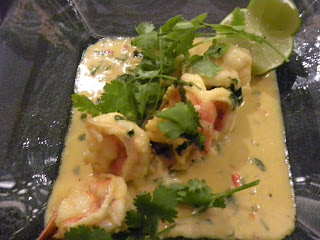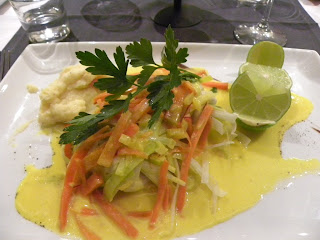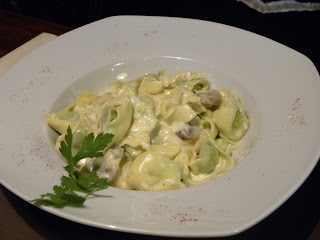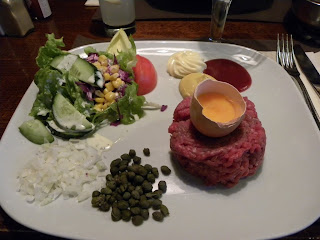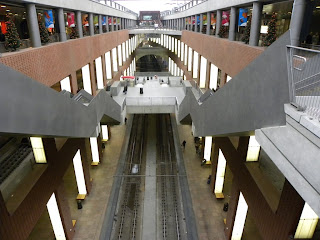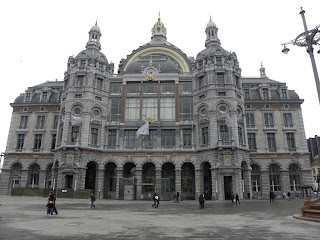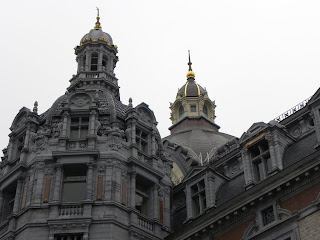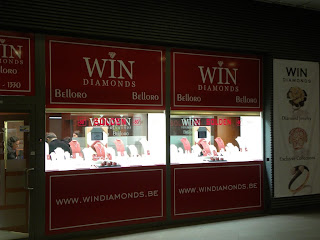 TOURISM
TOURISM1. SITE SRIWIJAYA
location in the village of Karang Anyar district. West Ilir Palembang municipality. President Soeharto inaugurated on December 22, 1994 with the laying of the replica back Kedukan Bukit inscription. The inscription is telling two armies laksa Sriwijaya Wanua Srijayanasa build on the Saka year 606 (684 AD) at the foot of Mount Siguntang.
2. PARK HILL Siguntang
Located to the west of Palembang. This place is a hilly area, where there are several tombs, among others: the King of The Nature Trembling, Dadar Flower Princess, Princess Hair Selako, Commander of the Great Yellow, Commander of the Great Reef, Chief Master Master, Earl King and Commander Fire Stone Jago Lawang.
3. PARK Ki Gede Ing Suro
Islamic cemetery complex was built mid-sixteenth century, this park is located on I Kelurahan Ilir. There are 38 tombs, including the tomb of Ki Gede Ing Suro, which is the origin of the Sultan of Palembang. Historically, in the year 1552 Ki Gede Ing Suro founded the kingdom of Palembang.
4. PUNTI WOOD FOREST TOUR
Forest is an area of 50 ha, located on Jl. H. Burlian (KM 7) which is the main road between the Airport Sultan Mahmud Badaruddin II and the city of Palembang.
5. ISLAND KEMARO
Is a delta at the river musi, about 5 km to the downstream Ampera Bridge. On this island there is a monastery. In celebration of Cap Go Me Chinese people, including thousands who came from various cities and even from overseas visited the island to conduct Kemaro prayer or pilgrimage. This celebration lasts 2 - 3 days. Kemaro the island can also be seen at the Pertamina refinery and River Plaju Gerong and PT Pusri fertilizer plant next to the various activities on the river Musi.
6. Ampera RIVER BRIDGE AND MUSI
It is a landmark for the city of Palembang. Ampera bridge was built in 1962-1965, across the Musi River and connects the Ilir Palembang and Ulu. Since the 1970s the center of this bridge was not raised again with the consideration would cause long traffic jams. Musi River is the longest and largest river in South Sumatra province, with a length of 406 Km. Palembang distance to the river mouth in the Strait of Bangka ± 106 Km.
7. PAGARALAM
Located at the foot of Mount Dempo, the city tourism potential menyinpan very amazing. With the expanse of verdant tea plantations, Pagaralam has a very mild climate throughout the year. In addition, there are many waterfalls that add beautiful scenery. In this region also found in archeological sites thousands of years old.
HAND CRAFT
1. FABRIC SONGKET
Is a typical woven fabric of South Sumatra mas yarn imported from China and Singapore, songket is not made in manufacturing but with hand woven by traditional craftsmen. Songket very common use in the customs and other official events such as marriage, circumcision and other special dances. Songket has many motifs and colors, usually brightly colored fun and gaiety describe the people of South Sumatra, among other motives boyfriend china flower motifs and heart motif.
2. FABRIC JUMPUTAN
Made of silk, in ancient times was a special cloth used by the girls palembang but now this cloth worn during traditional events Palembang and other official events. Cain has a blend jumputan very distinctive color generally like bright red, green, yellow.
3. FABRIC BLONGSONG
Made of woven silk and cotton yarn used, commonly used by older women or young mothers. This cloth is usually used for traditional ceremonies such as shaving Palembang, fiance but can also be used at a wedding reception as the clothes.
4. FABRIC TAJUNG
Specifically used by adult males is usually to add beauty can also be paired with suits or clothing pot bay. This cloth is used during traditional parties and other formal events, usually made of woven silk fabric with motifs and colors are attractive. Well-known motif, among others limar,
5. Palembang specialty CARVING
Usually Tembesu made of wood or mahogany, the wood is a typical wood South Sumatra. Object of the carving is brand bridal, sofa, buffet and chairs, generally floral carvings with the dominant colors of red and yellow gold.
Source by Bank Indonesia

